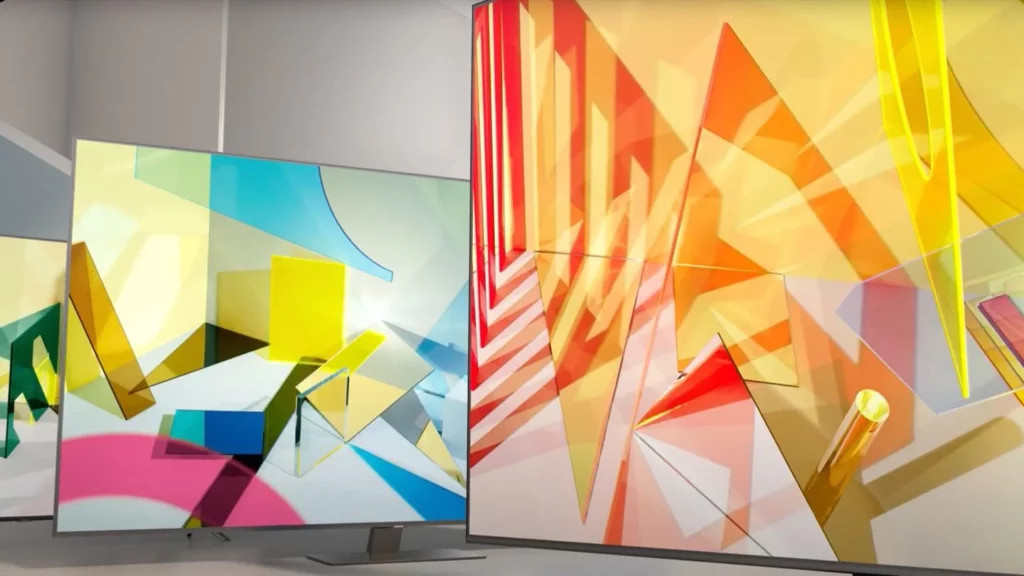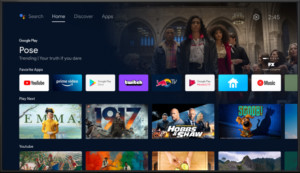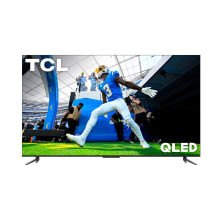
What is PQI in Televisions? Samsung’s Picture Quality Index Explained
If you’re considering a Samsung TV, you’ve likely encountered the term “PQI.” But What Is Pqi In Televisions? PQI stands for Picture Quality Index, a metric developed by Samsung to measure the overall picture quality of its TVs. This comprehensive guide will delve into the intricacies of PQI, examining the factors that contribute to its score and how it differentiates Samsung TVs.
 What does PQI Mean?
What does PQI Mean?
Decoding Samsung’s PQI System
Samsung TVs boast PQI ratings ranging from 900 to 4700, with 900 representing the lower end of the spectrum. It’s important to note that a lower PQI doesn’t necessarily equate to a poor picture; it simply indicates a lower ranking within Samsung’s own system. Several factors contribute to a TV’s PQI score.
Factors Influencing PQI
Samsung considers various elements when calculating a TV’s PQI rating. Understanding these factors provides a clearer picture of what constitutes a high-quality display.
Resolution
Resolution plays a significant role in PQI. A TV’s resolution, ranging from HD to 8K Ultra HD, directly impacts picture clarity and detail, influencing the overall PQI.
Color Technology
Samsung incorporates advanced color technologies like Quantum Dot and PurColor in its TVs. While both enhance color reproduction, Quantum Dot generally delivers a more vibrant and accurate picture, thus impacting the PQI score.
Contrast and Brightness
The ability of a TV to display deep blacks and bright whites without losing detail contributes significantly to its PQI. High-end Samsung TVs excel in this area, boasting refined contrast and brightness levels.
Motion Handling (FPS/Hz)
A higher frames-per-second (FPS) rate translates to smoother motion, especially during fast-paced scenes. Samsung’s premium TVs often feature higher refresh rates, contributing to a higher PQI.
Noise Reduction
Noise reduction technology minimizes visual distortions, ensuring a cleaner and more realistic image. Effective noise reduction enhances picture clarity and contributes positively to the PQI.
Immersive Viewing Experience
Factors such as screen curvature can enhance the immersiveness of the viewing experience. Samsung’s curved screens, by drawing viewers into the content, can positively influence the PQI rating.
PQI vs. Hz: Understanding the Difference
PQI is not directly comparable to Hertz (Hz), the standard refresh rate measurement used by other TV manufacturers. Hz refers to the number of times a screen refreshes per second, while PQI is a holistic assessment of picture quality encompassing multiple factors beyond refresh rate.
PQI: A Guide to Samsung TV Picture Quality
PQI serves as a valuable tool for comparing picture quality within Samsung’s TV lineup. By considering the various elements that contribute to the PQI score, consumers can make informed decisions when choosing a Samsung TV. While not a universal standard, PQI provides a relative measure of picture quality within the Samsung ecosystem, aiding consumers in selecting the TV that best suits their viewing preferences.








